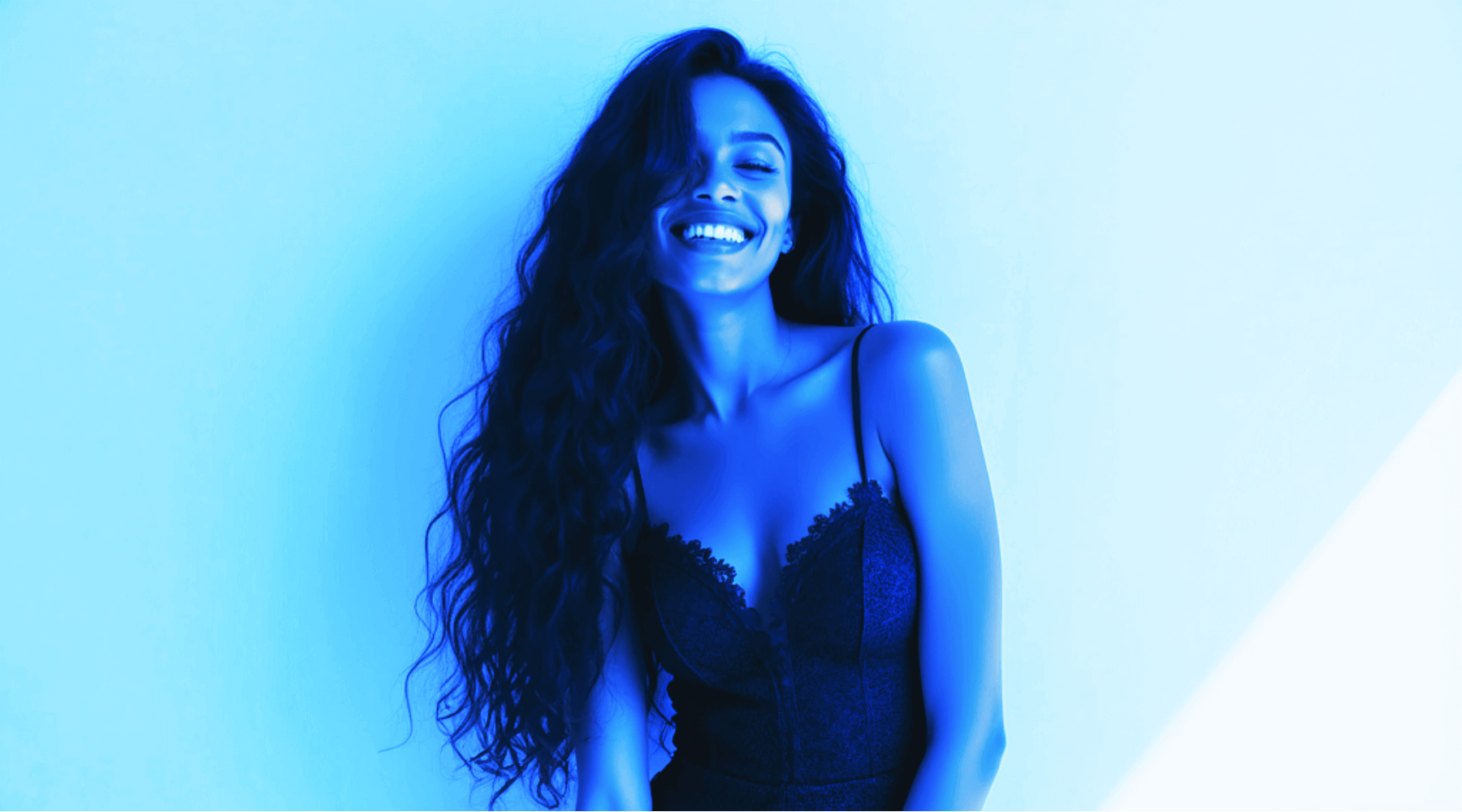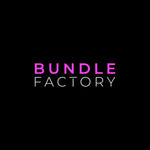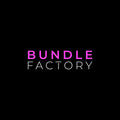Heat Styling 101: Great Looks and Protectants for Your Hair

While heat styling can create beautiful looks, giving your hair regular breaks is important.
Heat styling is often the cornerstone of many hair care routines, offering flexibility to create beauty. However, safe heat styling can be challenging without proper care and protection. This post walks you through everything you need about heat styling, from understanding heat damage to choosing the right tools and products for your hair type.
Heat damage
While effective, heat styling can damage hair health if not done correctly. Understanding how heat affects hair is crucial for maintaining its integrity and appearance.
How heat affects hair structure
Applying heat to your hair alters the hydrogen bonds that shape each strand. While this allows for versatile styling, it can also lead to damage if not done carefully. Heat damage occurs when excessive heat breaks down the protein structures within the hair shaft, leading to:
-
Moisture loss
-
Weakening of the hair cuticle
-
Changes in hair texture and elasticity
Curly Chemistry explores hair structure and using heat for styling. Be sure to subscribe to her channel!
Signs of heat hair damage
Recognizing the signs of heat damage early can help you adjust your styling routine and prevent further harm. Look out for:
-
Excessive dryness and brittleness
-
Increased frizz and flyaways
-
Split ends and breakage
-
Loss of natural curl pattern
-
Difficulty holding styles
Choosing the right heat tools
Selecting appropriate heat tools is crucial for minimizing damage while achieving your desired style. Here's a breakdown of common heat styling tools and what to look for:
|
Tool |
Features to consider |
Recommended temperature range |
|
Hair dryer |
Multiple heat settings, cool shot button, ionic technology |
Low: 200°F-300°F, Medium: 300°F-350°F, High: 350°F-400°F |
|
Flat iron |
Adjustable temperature, ceramic or tourmaline plates |
Fine hair: 300°F-350°F, Medium hair: 350°F-400°F, Thick/coarse hair: 400°F-450°F |
|
Curling iron |
Adjustable temperature, ceramic or tourmaline barrel, various barrel sizes |
Fine hair: 200°F-300°F, Medium hair: 300°F-350°F, Thick/coarse hair: 350°F-400°F |
When choosing heat tools, opt for those with adjustable temperature settings and heat protection features like ceramic or tourmaline technology, which distribute heat more evenly and reduce damage.
Essential heat protection techniques
The following techniques will help you protect your hair from heat styling.
Prep your hair
Proper preparation is key to safe heat styling:
-
Start with clean, conditioned hair to ensure even heat distribution.
-
Apply a heat protectant product to create a barrier between your hair and the heat source.
-
Gently detangle your hair to prevent snagging and breakage during styling.
Use proper heat settings
Adjusting the temperature of your heat tools based on your hair type and condition is crucial for preventing damage:
-
Fine or damaged hair: Use the lowest heat setting possible, typically below 300°F.
-
Medium or normal hair: Stick to medium heat settings, around 300°F-350°F.
-
Thick or coarse hair: Higher heat settings may be necessary, but try not to exceed 400°F.
Remember, high heat doesn't always mean better results. Start with a lower temperature and increase gradually if needed.
Apply heat correctly
The way you use your heat tools can significantly impact the health of your hair:
-
Section your hair properly to ensure even heat distribution.
-
Limit exposure time by moving the tool continuously.
-
Avoid passing over the same section multiple times.
-
Use a diffuser attachment on your hair dryer to maintain a natural texture for curly hair.
Best heat protectant products
The right heat protectant product is essential for safe heat styling. Here are some top picks based on hair type and styling needs:
Leave-in conditioners:
-
Ideal for dry hair or those prone to frizz
-
Provide moisture and light hold
-
Can be used on damp hair before blow-drying
Heat protection sprays:
-
Lightweight and suitable for all hair types
-
Easy to apply evenly
-
Often contain ingredients that help hair strands resist high temperatures
-
Great for thick or coarse hair
-
Provide intense moisture and shine
-
Can be used on wet hair or as a finishing product
When choosing a heat protector, look for ingredients like:
-
Argan oil: Provides moisture and heat protection
-
Keratin: Strengthens hair and improves elasticity
-
Silicones: Create a protective barrier against heat
-
Coconut oil: Penetrates the hair shaft for deep conditioning
Heat-free styling alternatives and ideas
While heat styling can create beautiful looks, giving your hair regular breaks from too much heat is important. Here are some heat-free styling options.
Air drying technique
Scrunch wet hair with a microfiber towel to enhance the natural texture. Use a leave-in conditioner to define curls or waves. Braid damp hair for loose waves
Overnight styling methods
Twist damp hair into a bun for soft waves, use foam rollers for bouncy curls, or try heatless headband curls for a gentle wave.
No-heat curls and waves
Pin curl sets for vintage-inspired curls. Try twist-outs for defined curls and coils or Bantu knots for tight, spiral curls.
Repairing heat-damaged hair
If you're dealing with heat damage, don't despair. There are several ways to nurse your hair back to health.
To restore moisture, use deep conditioning treatments weekly. Look for products with ingredients like shea butter or argan oil. For better penetration, leave the treatment on for 15-30 minutes under a shower cap.
Try protein treatments to strengthen hair strands and improve elasticity. This technique can be used every 4-6 weeks or as needed. Avoid overuse, as too much protein can make hair brittle.
Regular, proper maintenance trims are needed every 6-8 weeks, which can help remove split ends. Consider a haircut to remove severely damaged ends and promote healthier growth.
Creating great heat-styled looks

When you do use heat, make sure it's worth it by creating stunning styles:
Beach waves
-
Apply heat protectant to damp hair
-
Rough, dry hair until 80% dry
-
Use a 1-inch curling iron, alternating the direction of the curls
-
Finish with a texturizing spray for that lived-in look
Sleek straight styles
-
Apply a smoothing heat protectant to damp hair
-
Blow dry in sections using a round brush
-
Follow with a flat iron, using small sections for best results
-
Finish with a light serum for shine
Voluminous blowouts
-
Apply a volumizing mousse to roots of damp hair
-
Use a round brush to blow dry, lifting at the roots
-
Set each section with Velcro rollers while still warm
-
Allow to cool, then remove rollers and style as desired
Maintaining your hair’s health is key
Safe heat styling is achievable with the right tools, techniques, and products. If you remain aware of your hair's needs and use appropriate heat protection, you can enjoy regular styling while maintaining its health. Remember to give your hair regular breaks from heat, use UV protection, and incorporate nourishing treatments into your routine for the best results. This is especially true for color-treated hair.
Our most recent article explains hair types and textures. Understanding your hair type will help you decide what styling products and how much heat you need. Even if you have thick hair that is seemingly immune to extreme heat, you may be able to achieve your desired results with no heat at all. It often all comes down to where you fit within the variety of hair types and a solid foundation of healthy hair.
Bundle Factory combines quality and price
Bundle Factory offers an extensive range of premium hair bundles, lace front wigs, and extension multipacks. Our high-quality human hair products are perfect for creating heat-styled looks while protecting your natural hair.
Enjoy free shipping on orders over $149, unbeatable prices, and 2% cashback through our BFF rewards program. New customers get an instant 10% discount when subscribing to our mailing list. Share the love and earn a $10 bonus when you refer a friend who spends $100 or more. Your friend gets a $5 bonus too! Take advantage of these fantastic deals!
Frequently asked questions
How can I style my hair with heat without damaging it?
To style your hair with heat while minimizing damage:
-
Always use a heat protectant product
-
Start with the lowest effective temperature for your hair type
-
Use heat tools with ceramic or tourmaline plates/barrels
-
Avoid applying heat to the same section multiple times
-
Give your hair regular breaks from heat styling
What heat styling is the least damaging?
The least damaging heat styling methods include:
-
Using a blow dryer with a diffuser attachment on low heat
-
Limiting the use of flat irons and curling irons to once or twice a week
-
Using heat tools with adjustable temperature settings
-
Opting for heat-free styling alternatives when possible
What is the safest heat setting for hair?
The safest heat setting depends on your hair type:
-
Fine or damaged hair: Below 300°F
-
Medium or normal hair: 300°F-350°F
-
Thick or coarse hair: 350°F-400°F
Always start with the lowest practical temperature and increase gradually if needed. Remember, higher temperatures don't necessarily mean better results and can lead to more damage.


